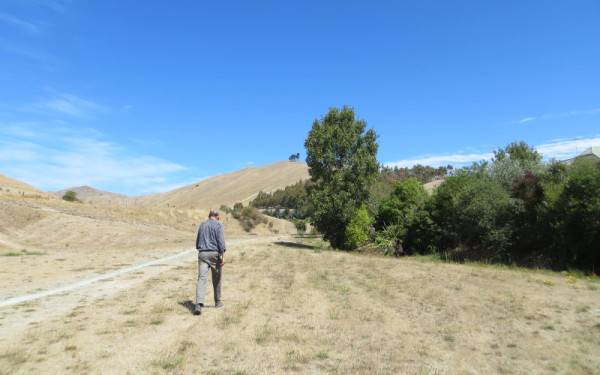Climate change in Marlborough
Climate change projections and impacts for Marlborough
Climate change is already affecting New Zealand with changes to the natural environment, the economy and impacts on communities. These challenges are likely to increase and continue in the coming decades and pose ongoing challenges to New Zealanders’ way of life.
Information on climate change continues to be published and projections of change predicted. The Intergovernmental Panel on Climate Change (IPCC) published a fifth assessment report in 2013 and 2014 and the New Zealand climate change projections report was published by the Ministry for the Environment in 2018.
To build on international and national work, Marlborough District Council (MDC) were interested in a more detailed regional-scale analysis of climate projections for the Marlborough region. To facilitate this work MDC secured an Envirolink Advice Grant (2116 MLDC157) and contracted NIWA to provide their expertise.

Marlborough in drought (MLDC)
The analysis contains regional-scale climate projection maps for 15 different climate and hydrological variables and indices and the report describes changes which are likely to occur over the 21st century to the climate of the Marlborough region.
Consideration about future change incorporates knowledge of both natural variations in the climate and changes that may result from increasing global concentrations of greenhouse gases that are contributed to by human activities. Climatic variables discussed in this report include temperature, rainfall and potential evapotranspiration deficit (a measure of drought potential). Projections for sea-level rise and river flows are also discussed. Commentary on climate change impacts and implications for some of the different environments and sectors of Marlborough are provided, including viticulture, human and ecosystem health, and forestry.
MDC Environmental Scientist (Hydrology) Charlotte Tomlinson explains that this is the first overarching piece of work regarding climate change in Marlborough and is a sound starting point. She says “We are using this report as a starting point, and a follow up project is underway (by NIWA) to review the effects of sea level rise on coastal inundation hazards in Marlborough. Projected changes in rainfall intensity from the report have been used in a review of the Marlborough Sounds roading network. It’s also provided useful information for landowners and others in the district to consider for future planning and resilience, especially after the flood events in our region over the last two years”.
To learn more about how the work has fed into MDC’s roading network review click below:
Last modified: